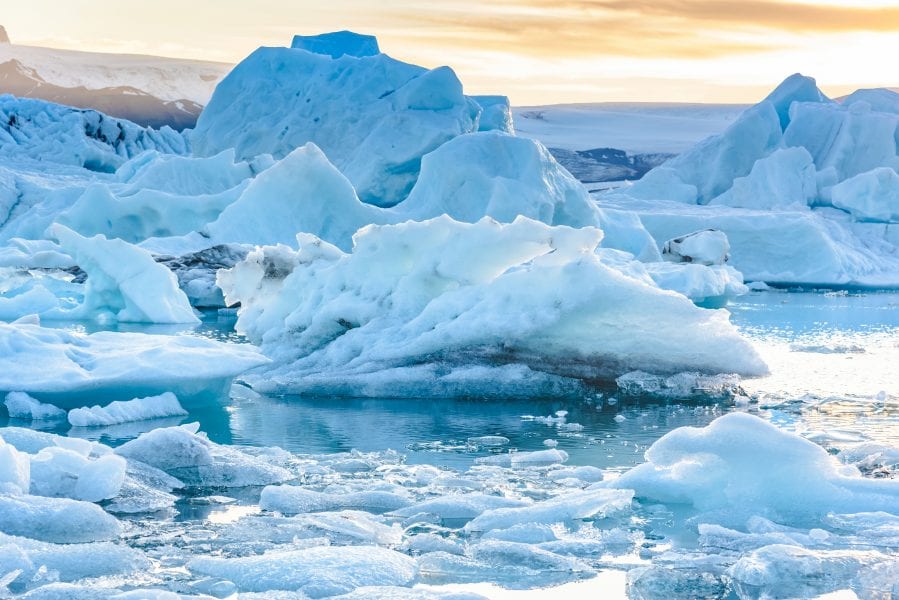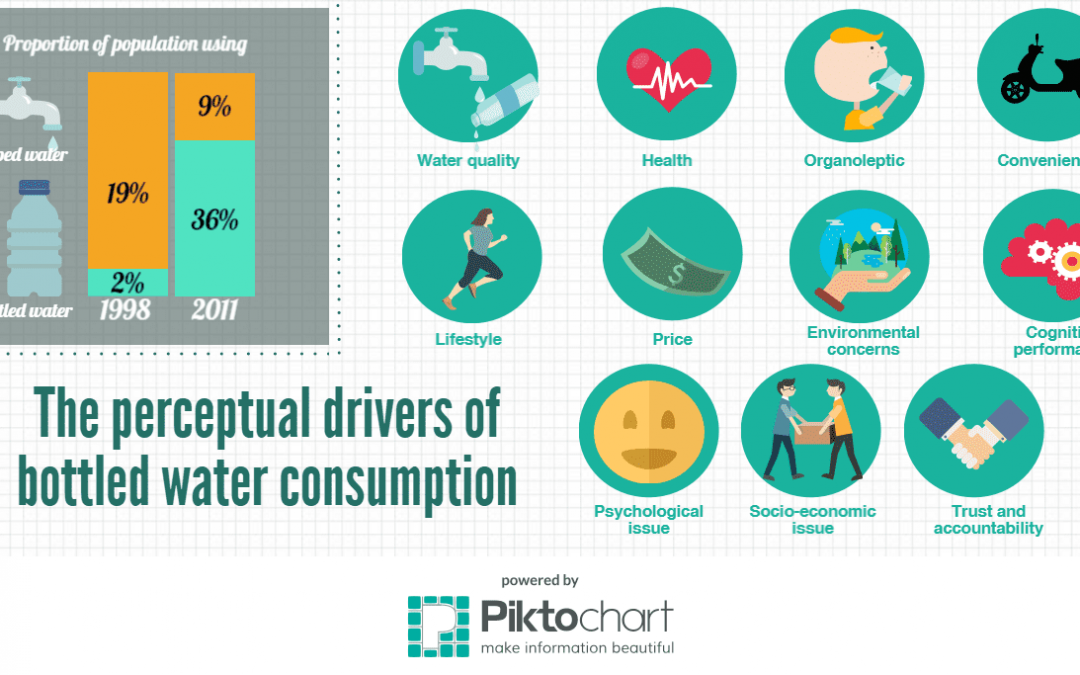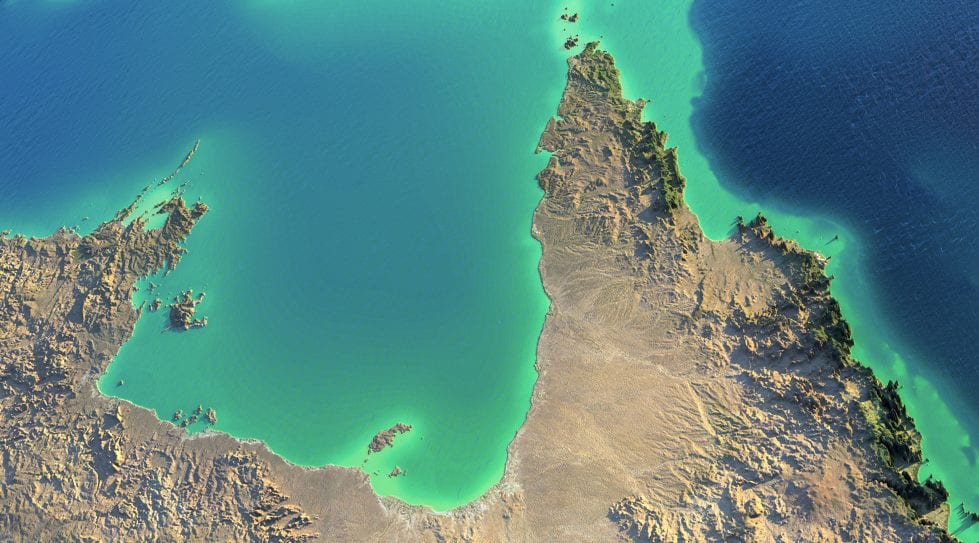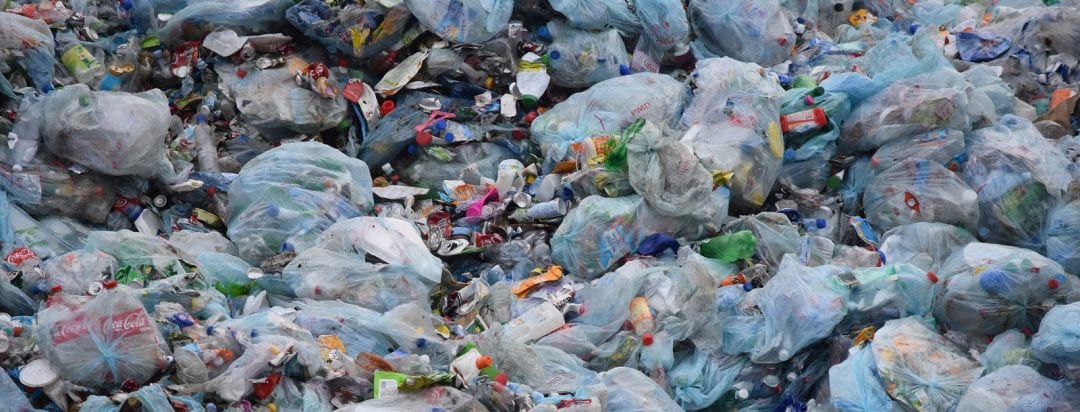How the Arctic’s rapid warming may influence weather patterns – and in particular extreme weather events caused by persistent conditions — in heavily populated regions (the mid-latitudes) of the northern hemisphere is discussed in a new article.


How the Arctic’s rapid warming may influence weather patterns – and in particular extreme weather events caused by persistent conditions — in heavily populated regions (the mid-latitudes) of the northern hemisphere is discussed in a new article.

A recent review discusses the various factors that promote bottled water as superior to tap water.

Australia is well known as a hot country, but how individuals and organizations understand ‘heat’ is surprisingly varied, and is explored in a recent review.
In a recent review, the hydrological cycle of the small lakes within Burabay National Nature Park (BNNP), Northern Kazakhstan are studied, which are very sensitive to climate change and anthropogenic influences.

An article recently published explores the main policy and political shifts that the Paris Agreement represents, and explains why this new paradigm of international climate policy, politics and cooperation is key to accelerating the pace of change and avoiding the most catastrophic impacts of climate change.

The average person seeking climate information is likely to begin with the internet, and this quickly leads to a confusing array of very dissimilar climate information websites. A recent article reviews a representative sample of such websites from across the world, and draws out key issues for consideration in the ongoing evolution of them.

Researchers from King Abdullah University of Science and Technology design a high-performance filtration membrane made exclusively of cyclodextrin.

Young researcher studies the smells of plastic waste used in manufacturing recycled plastics.

Concept of ‘breathing glass’: The biobased poly(limonene carbonate) (PLimC) unifies sustainability, carbon capture and utilisation of carbon dioxide in one material.
Temporary rivers fluctuate between flowing, pool and dry states, making their instream habitats more dynamic and variable than those in equivalent rivers with year-round flow.